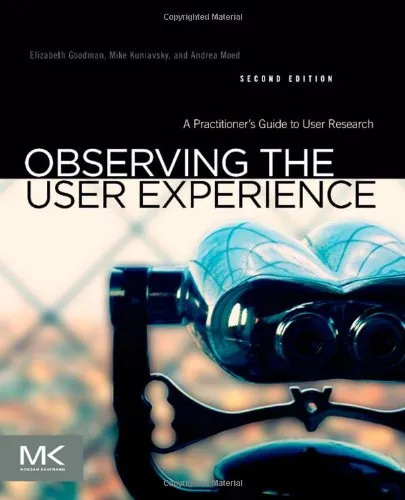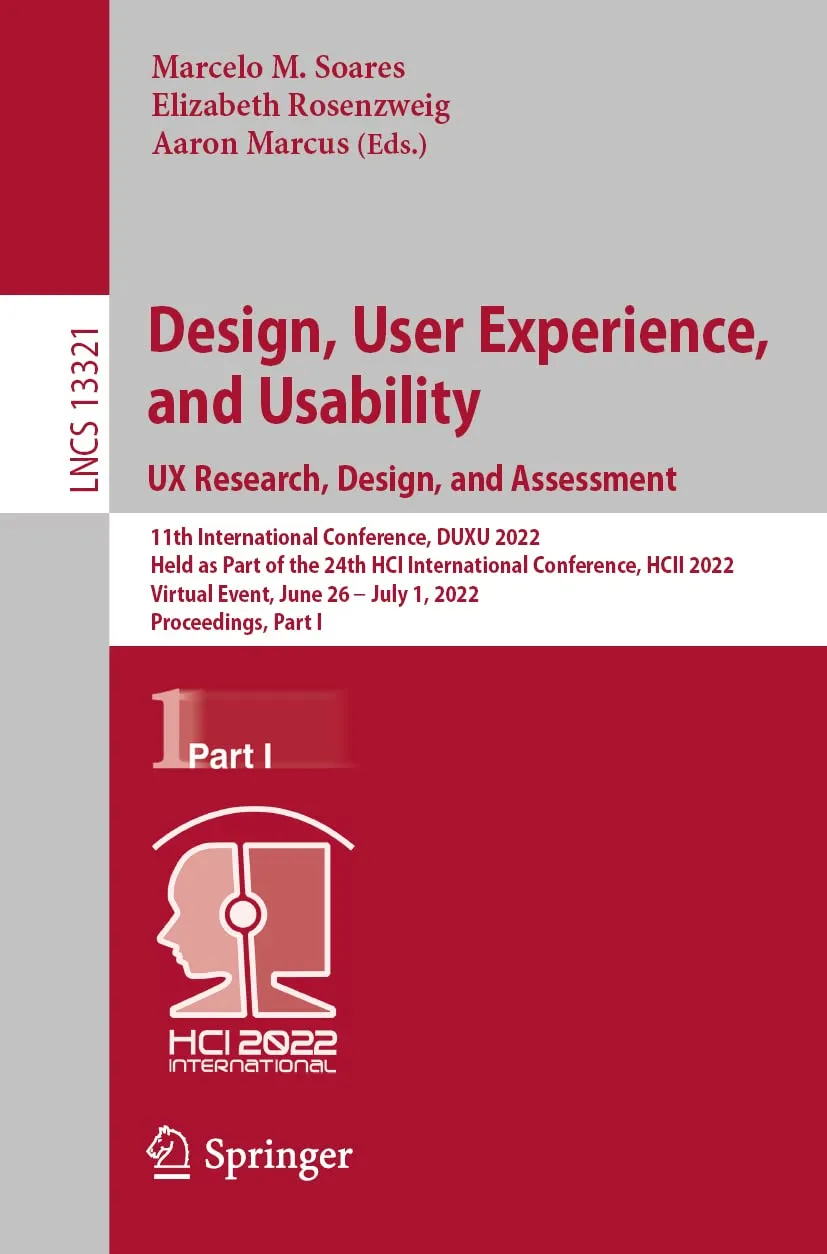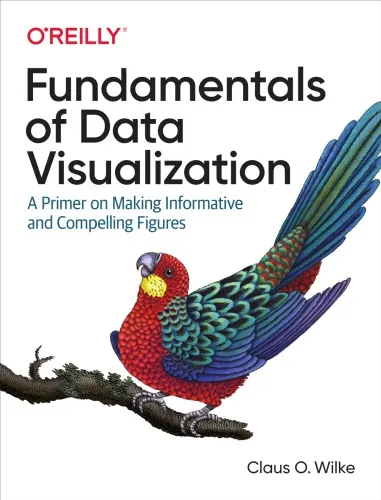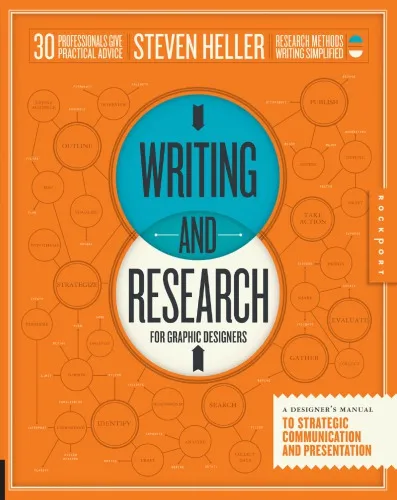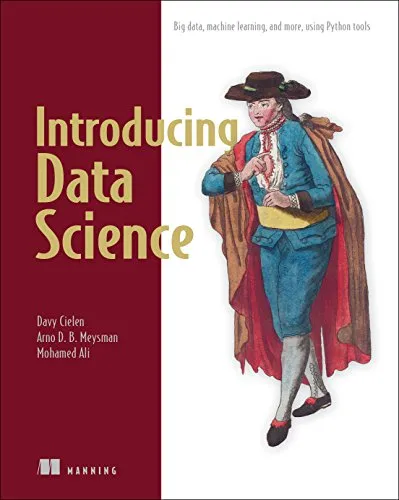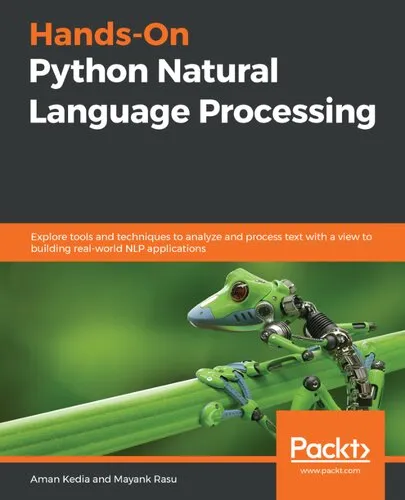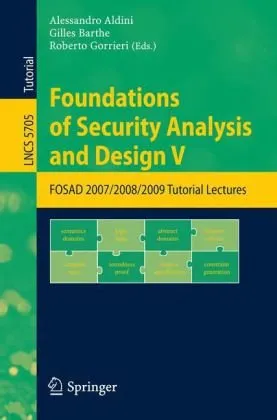Research Tools for Design. Spatial Layout and Patterns of Users' Behaviour: Proceedings of Seminar, 28-29 January 2010, Department of Architectural Technology and Design ''P. Spadolini'', University of Florence
3.8
Reviews from our users

You Can Ask your questions from this book's AI after Login
Each download or ask from book AI costs 2 points. To earn more free points, please visit the Points Guide Page and complete some valuable actions.Related Refrences:
Introduction to "Research Tools for Design: Spatial Layout and Patterns of Users' Behaviour"
This book captures the essence of a specialized seminar held on January 28-29, 2010, at the Department of Architectural Technology and Design "P. Spadolini" at the University of Florence. The primary aim of the seminar was to discuss and present tools, methodologies, and strategies that could effectively analyze spatial configurations and predict user behavior. As cities grow denser and spaces become more multifunctional, understanding how environmental design impacts user interaction is more critical than ever.
Placed at the intersection of architecture, urban planning, and behavioral studies, this book consolidates an extraordinary range of research that examines spatial layouts and behavioral patterns of individuals. Designed as a comprehensive resource for designers, architects, and urban evaluators, the discussions recorded in this book address key frameworks that inform the process of design through a better understanding of spatial dynamics.
Detailed Summary of the Book
The book is structured as a collection of discussions and research findings presented during the seminar. It emphasizes not only theoretical underpinnings but also practical tools that researchers and professionals can utilize to evaluate and design spaces for specific behavioral outcomes. Key topics include:
- The role of spatial layouts in influencing user movement and interaction.
- Methodological approaches for studying user behavior in diverse environments.
- Techniques for collecting and analyzing spatial data to measure efficiency and comfort in design.
- Case studies that illustrate the interplay between architecture and user behavior in real-world settings.
- Emerging trends in design evaluation tools, including computational models and simulation tools.
The proceedings carefully weave together these elements to provide readers with a nuanced understanding of how spatial organization can shape, regulate, and sometimes even constrain human behavior. Additionally, it underscores the importance of research-driven design in creating spaces that are efficient, inclusive, and adaptive to users’ needs and expectations.
Key Takeaways
- Understanding spatial behavior is crucial for creating user-centered designs.
- Quantitative and qualitative research methods are both invaluable for evaluating spatial layouts.
- Design tools should consider not only functionality but also emotional and psychological impacts on users.
- A well-thought-out spatial design can enhance social interactions, foster productivity, and promote well-being.
- Collaboration between architects, urban planners, and behavioral researchers offers deeper insights into user-centric spaces.
Famous Quotes from the Book
"Design is not merely an aesthetic exercise; it is a process of shaping behavior within space."
"The patterns of human movement and interaction within a space reveal its true efficacy, beyond what drawings and blueprints can show."
"Observing and understanding behavior is the first step towards creating meaningful spaces."
Why This Book Matters
This book holds significant value for anyone engaged in the field of spatial design and research. By delving into the relationship between physical environments and human behavior, it bridges the gap between the theoretical and practical aspects of design. The findings and research tools presented here empower professionals to envision and execute better spaces, whether it be for urban areas, educational institutions, workplace environments, or public facilities.
Moreover, the interdisciplinary approach adopted in the seminar highlights the importance of collaboration in solving complex design challenges. By incorporating diverse perspectives, the book sets a robust foundation for future research and innovation in spatial analysis and user-centered design.
In a rapidly urbanizing world, this knowledge becomes indispensable for creating spaces that are not just livable but also enriching and enabling. It is a must-read resource for anyone striving to improve the quality of human interaction with the built environment.
Free Direct Download
You Can Download this book after Login
Accessing books through legal platforms and public libraries not only supports the rights of authors and publishers but also contributes to the sustainability of reading culture. Before downloading, please take a moment to consider these options.
Find this book on other platforms:
WorldCat helps you find books in libraries worldwide.
See ratings, reviews, and discussions on Goodreads.
Find and buy rare or used books on AbeBooks.
1171
بازدید3.8
امتیاز0
نظر98%
رضایتReviews:
3.8
Based on 0 users review
Questions & Answers
Ask questions about this book or help others by answering
No questions yet. Be the first to ask!



